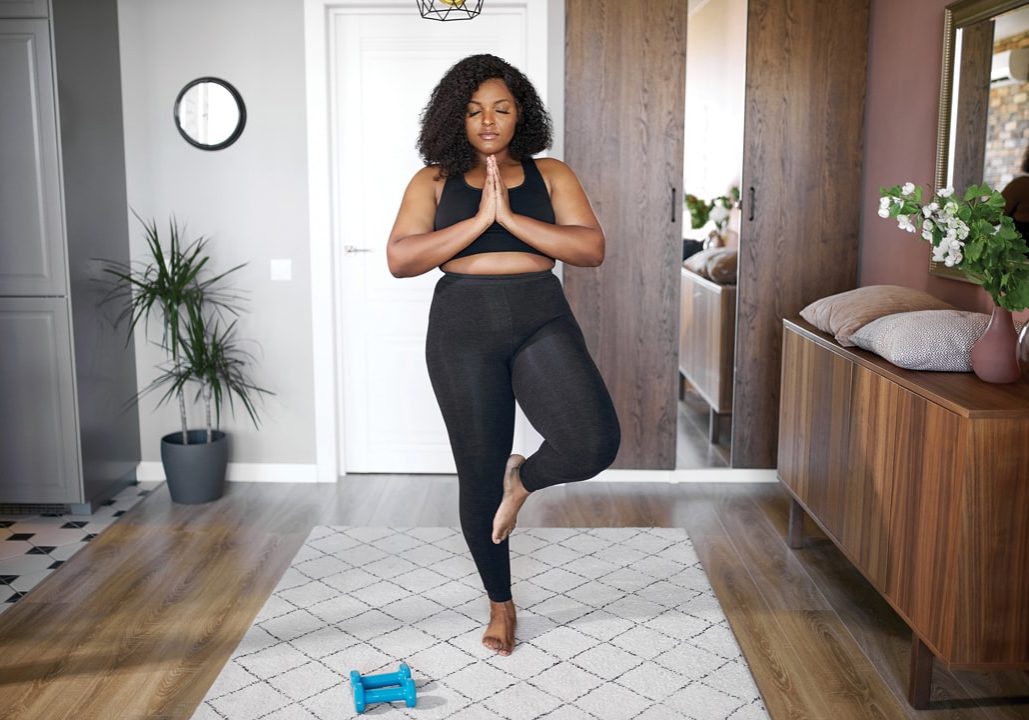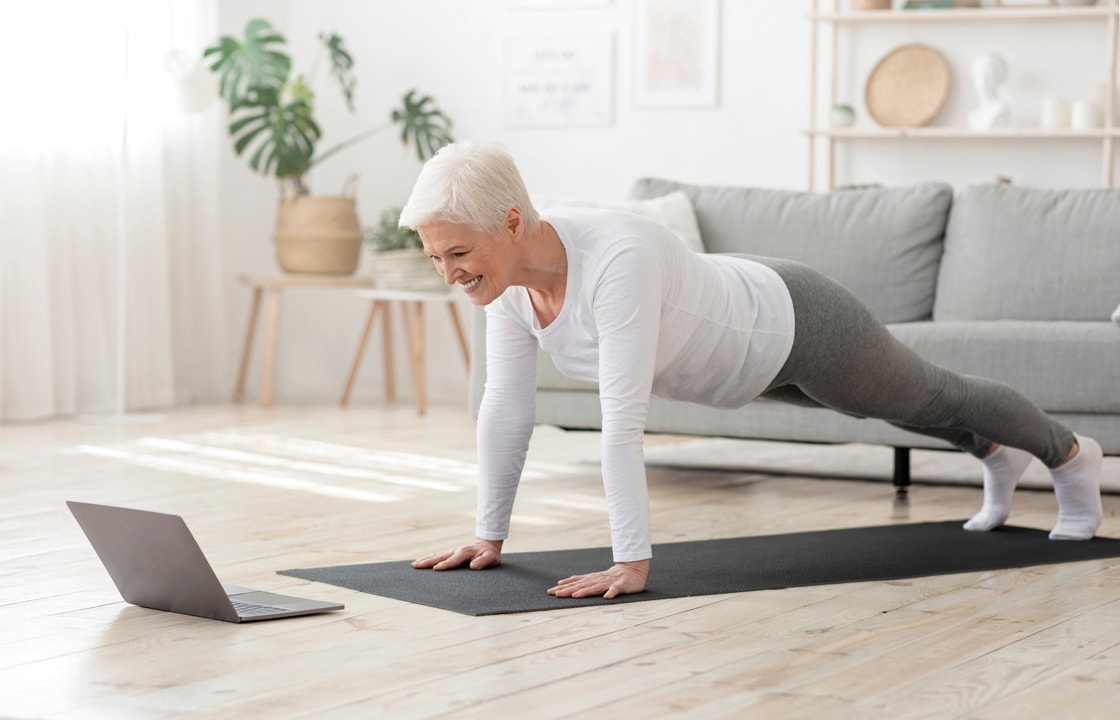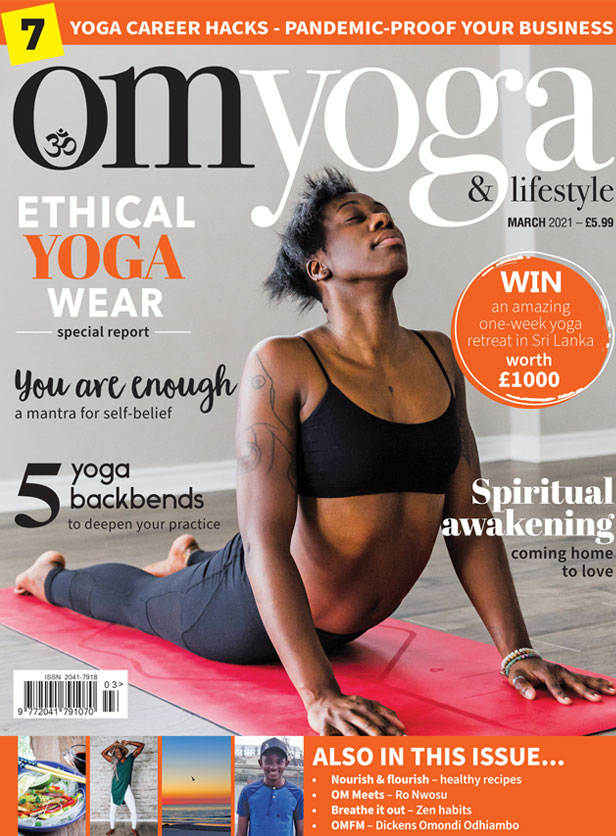
Yoga bones: a practice for all ages
Yoga is a wonderfully-therapeutic practice for all ages, building strong bones and bodies for young and old. Laura Staton, occupational therapist and author of a new book, Yoga Bones, identifies six ways it can help
A few years into my modern dance career in New York City I rediscovered yoga. I had done yoga on and off in high school and when freshly out of college, but my very first classes at Jivamukti’s small grungy studio on Second Avenue in the East Village redirected my perspective on my body and movement.
The yoga strengthened my torso and back differently than modern dance and ballet techniques and my arms developed from all the work in inversions and plank. The twisting integrated my upper and lower body, helping me to feel ‘put together’ after an arduous college experience and traditional dance training. However, the most soothing part of the experience was knowing that my class experience was mine; no one was ‘watching’ me. I did not have to perform for the teacher — I just was.
Eventually, I left Jivamukti and found Iyengar Yoga, then yoga therapeutics. Yoga stayed with me and I stayed with yoga for the next decades. I had my dance career, I had two sons, I co-authored a yoga book and went to graduate school. At each stage of my life, yoga has had a place, and now, working in a hospital, I am referred to as ‘the yoga girl’ — and for good reason.
Yoga is a near perfect medium for healing. I work in healthcare as an occupational therapist in acute rehabilitation, and even if I’m not doing ‘yoga’ with my patients, I use yoga principles in nearly everything I do. Let’s explore what makes yoga so effective for treating the orthopaedic issues so common in a typical inpatient population.
POSTURE
Yoga uses the anti-gravity muscles! In fact, one could almost say that yoga is obsessed with anti-gravity muscles. The six antigravity muscle groups consist of the neck and spinal extensors, the quadriceps, the hip extensors, and the two muscles of the calves. With the exception of the quadriceps, these muscles are mostly in the back of the body; they are essential for helping the body maintain an upright posture. Yoga practice strongly uses these muscles in back bending and prone positions, but also through standing poses and inversions. In an older population, it is imperative to improve posture to increase safe transfers, make using DME (canes, walkers, rollators) easier and safer, and reduce the risk of falls by maintaining an upright head position. om body: Yoga for all 41 Among other things, good posture decreases a risk of falling by allowing for an increase in peripheral vision and neck range of motion.
CORE STRENGTH
Core strength is an annoying term because it makes people immediately think about having flat abdominals and a sexy six-pack (or ‘show’ muscles as my doctor friend Brian Altman calls them!).
The abdominals are part of ‘the core’ but essentially the core is the entire trunk, including the three gluteal muscles and the iliopsoas (hip flexors). Core support is a curative action because the core works together with the anti-gravity muscles to support the spine, mitigating (or curing) back pain. Specifically, the back pain which plagues millions of individuals; such as herniations, disc bulges and spinal stenosis.
With many orthopedic issues, the spinal extension which comes from back bending, prone (stomach), plank, and careful spinal rotation - all work to improve spinal health. Because many older individuals never lie on their stomach after a certain age, simple core-based yoga principles can be modified to help people maintain their functional strength for daily activities such as getting on and off the floor, out of bed or up from a chair.
BALANCING STRENGTH AND STRETCH
Strength training goes hand in hand with traditional therapy, and yoga excels at strength training because it strongly utilises closed chain movements.
Open chain movements are used for strength training of specific muscle groups, such as in a bicep curl. Closed chain movements are when you move your trunk (or body) over a fixed extremity such as a hand or foot. Plank pose, chaturanga, dog pose and handstand are all examples of closed chain movements. Closed chain is considered to be more strengthening for the muscles surrounding the joints of the trunk (pelvis, shoulders), and effectively utilises much more muscle mass.
It almost feels silly to extol the obvious virtues of stretching in an article about yoga therapy — but stretching is super important! With any injury or pain, the muscles respond to protect that area often resulting in muscle spasm and tightness.
Over time, tightness affects muscle tendons, shortening and limiting joint range of motion. Yoga stretching, at any age, and specifically when injured, prevents additional loss of joint range of motion and improves subsequent function of that joint.
It’s important that yoga practice develops strength and increases flexibility.
BREATHING
Often, long-term spinal problems come with a host of postural compensations including a stooped and rounded upper back. This kyphotic posture often accompanies the ageing process and impedes deep full breathing, which in turn impacts endurance and life participation.
In addition to the variety of wonderful breathing practices in yoga traditions, the importance of breathing can provide a roadmap with the simplest of instructions; slowly inhale through your nose, and slowly exhale through your nose.

THE NERVOUS SYSTEM
With pain or injury, the nervous system becomes more easily dysregulated (PTSD is an extreme example of this). Yoga allows for calming sensory feedback to occur through our nervous system. For instance, light touch and deep pressure sensory receptors in the skin and muscles receive feedback from props, the floor, and our own bodies. The receptors which sense movement (proprioceptors) are embedded in the muscles, tendons, and ligaments and are constantly in use throughout yoga, encouraging movement awareness and organisation. There are also stretch receptors inside our organs (and blood vessels) which help the body modulate blood pressure and heart rate. In yoga, many of these responses coordinate to downregulate our stress responses and increase wellbeing.
IT’S NOT BORING
At times, traditional therapy for an orthopaedic issue can be kinda boring… especially if you are doing strength training with multiple repetitions of 10! Yoga practice incorporates a host of interesting variables including movement, breathing, visualisation, perception, awareness, meditation, chakras and mantras. It’s not always easy to remain interested in your therapeutic process, but if you do, it increases the likelihood that you will participate and hopefully find something to keep along the way.
Laura Staton holds a Master's Degree of Science in Occupational Therapy from NYU and is a C-IAYT Yoga Therapist specialising in injury rehabilitation. She is the author of the new book, Yoga Bones: A Comprehensive Guide To Managing Pain And Orthopedic Injuries Through Yoga (£16.99, Hachette Go)




